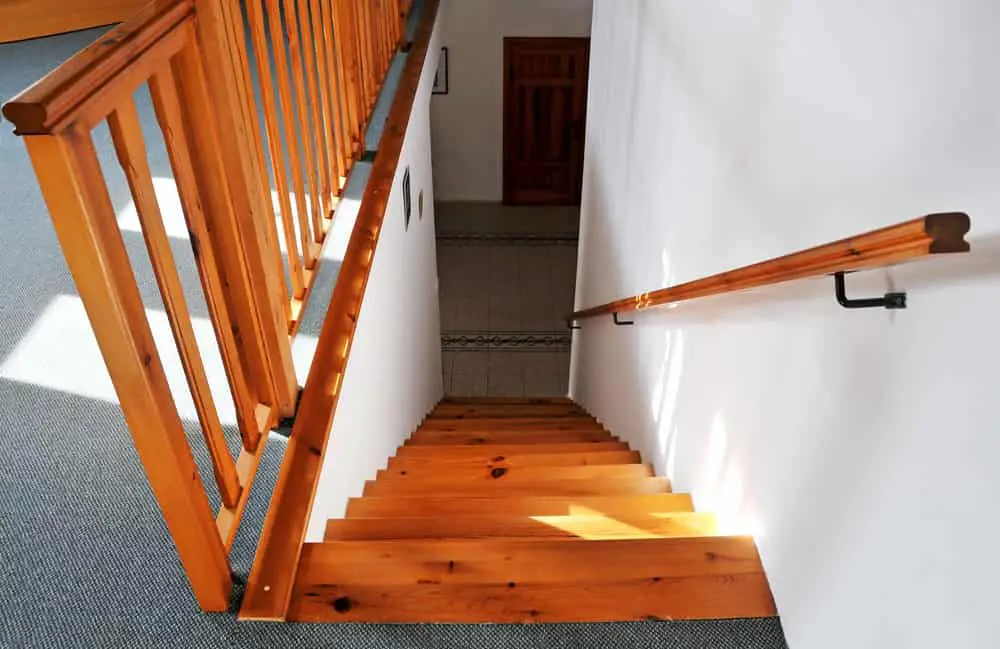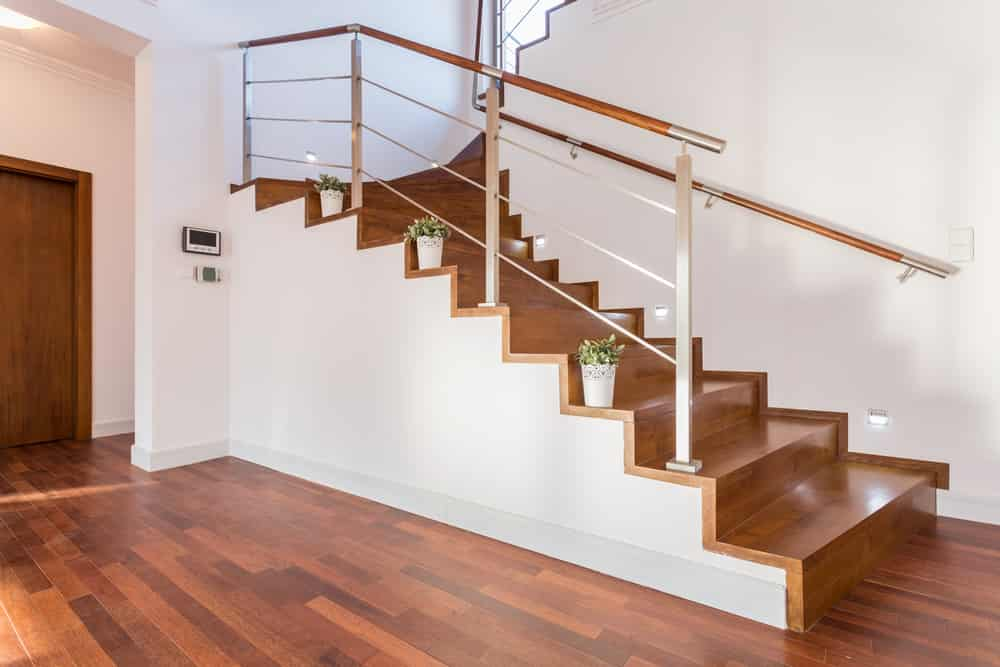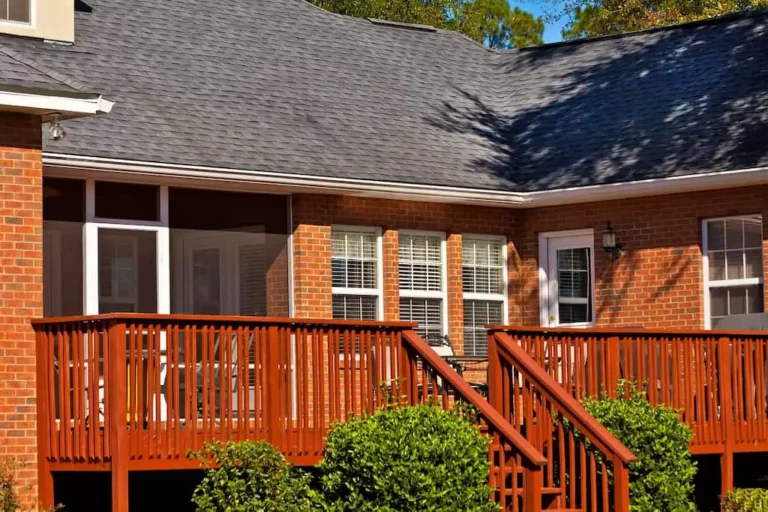Which Side Should Handrail Be On Stairs

You may have just built your dream home and are now adding in all the trimmings, as it were, or you may already have a preexisting staircase that is in dire need of safety features. We are not all experts on the rules and regulations regarding handrails, but thankfully you have come to the right place to find out which side the handrail should be placed on stairs.
Typically people are free to decide which side of the staircase the handrail sits, as standard building codes do not dictate specific requirements for which side they must be placed on. However, this only applies to residential structures – in public buildings, they must be on both sides.
It is important to have the proper knowledge of the topic when installing handrails and other aspects such as balustrades. But, rest assured, we have the ins and outs of what you need to consider and be aware of, so read on to find out which side handrails should be on.
The Side Which Handrails Should Be On
Regarding regulations, though, this is only regarding the handrail placement when both sides of the staircase are not enclosed. If there is a side of the staircase with an opening, then it is mandatory to place the side handrail on that part of the stairs. This is to ensure against falling hazards.
Suppose both sides of the staircase are open. In that case, placing a handrail on both sides is required. Whether it is one side or both that are open, you are also obligated to install stair guards along with the handrail. These railings must sit atop balusters which are vertical posts.
These vertical posts run from the bottom of the stair up to the handrail and serve two vital purposes. Firstly they are there to ensure that those using the stairs if they fall, do not slip between the gap that would otherwise be present between the stairs and the handrail. Additionally, they offer much-needed support to keep the handrail sturdy.
If you have a stairwell that could otherwise do without handrails, as walls enclose it on either side, this does not mean that you ought not to consider installing handrails. This is because it can aid people who have difficulty climbing the stairs, such as those with physical impediments or the elderly.
However, and this is important if your staircase is not wide enough, then you are usually only permitted to place the handrail on one side of the staircase. So it is vital to note that the handrails and their placement is governed not purely by aesthetics and personal taste but safety and building regulations.
In some cases, you are permitted to change the side the handrails are installed, and there are typically two factors that come into account here. These being that you cannot have the rail running continuously along one side due to a turning a corner, or if there are space limitations, in which cases, you are permitted to only have it running on the one side.
The matter of spacing and turning of a corner is countered, though, in the instance of the staircase being open on both sides. Also, typically, handrails are continued on the same side of the stairwell.
How Many Steps Can You Have Without a Handrail?
This is tricky to answer as the truth is that ideally, you ought to have the handrail running continuously along the staircase. And even if it is walled in, it is commonplace to install handrails regardless. However, if the side which is open changes, then the placement of the rail can too.
Additionally, if the landing is enclosed and not open, you are not compelled to install a handrail; however, it is highly advisable to do so anyway, ensuring the most safety.
Suppose you are working on a tight budget or simply not wanting to install a handrail (with or without a guard rail), it is permissible to do so if there are as few as two to three steps on the staircase (or at the bottom of the stairs).
However, do be sure to see the requirements set out by your local building authorities, as although this is the norm, in some places, it may differ (i.e., various states or counties).
This refers to both indoor and outdoor stairs, but if you live somewhere that, for instance, experiences severe frost or dew in the mornings (especially in winter, or rain is commonplace), you may want to seriously consider placing rails on the stairs.
Must Handrails Be On Both Sides Of Interior Stairs

If both sides of the stairs are enclosed already, you are permitted to place the handrail on whichever side you desire. So while at times it is necessary to place a handrail on one or both sides, you need to consider things such as width and distance during other occasions.
Width And Distance, As Factors To Consider
If you are going to have an open staircase, you need to be aware that there has to be enough space between the handrails on either side before the construction of the staircase. This also goes for an enclosed staircase, where you would like to place the rails on both sides.
If there are handrails on both sides of the stairs, you must leave at least 27 inches or 2.25 feet (68.58 centimeters) for people to walk. There are also rules governing how far out the rail must stick from the wall, which is at least 1.5 inches (that is 3.81 in centimeters). They can also not be extended further than 4.5 inches (11.43 centimeters).
However, these rules may differ as with previous things mentioned in this post, so if you are not entirely sure, do find out from your local building authorities before you commence construction. Getting the regulations for your region is important if you need to pass a building inspection.
Conclusion
If a side of the staircase is open, a handrail and a guardrail must be installed. Also, other factors to consider are the width of a staircase and the potential need to change the side when stairs turn. If it is a domestic staircase that is enclosed, you can choose to place them on either, both, or neither side.
References





